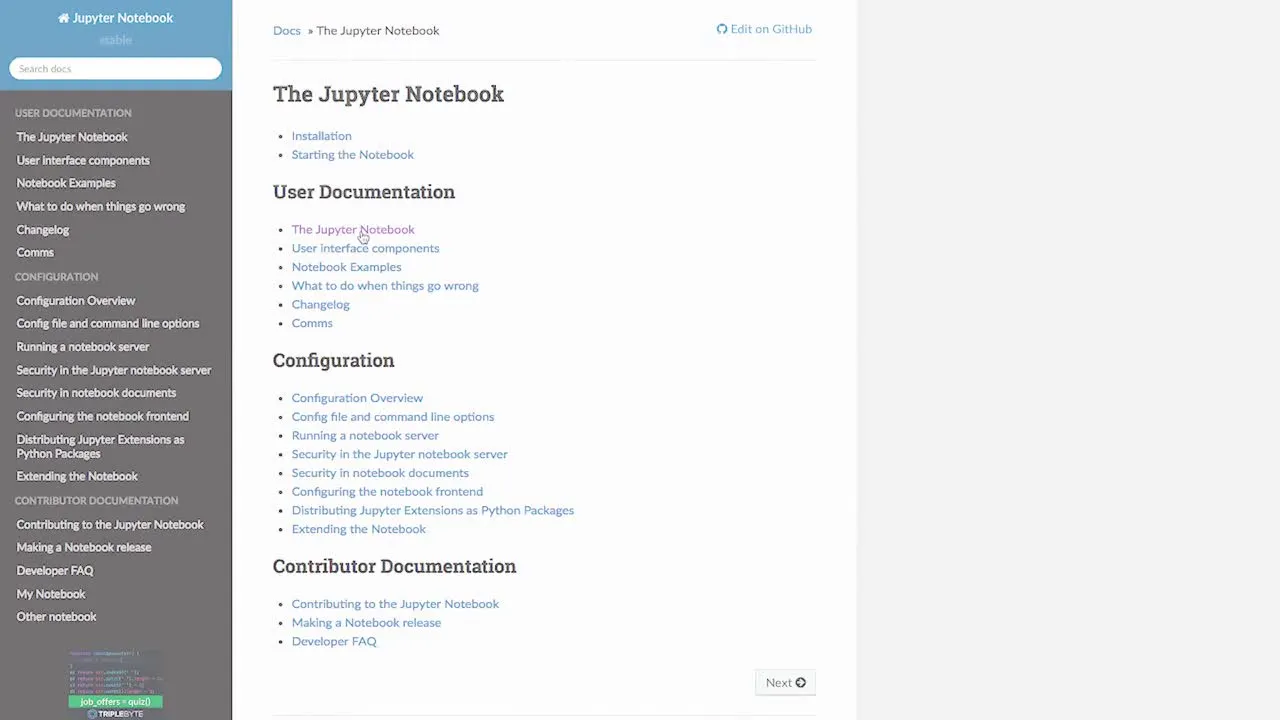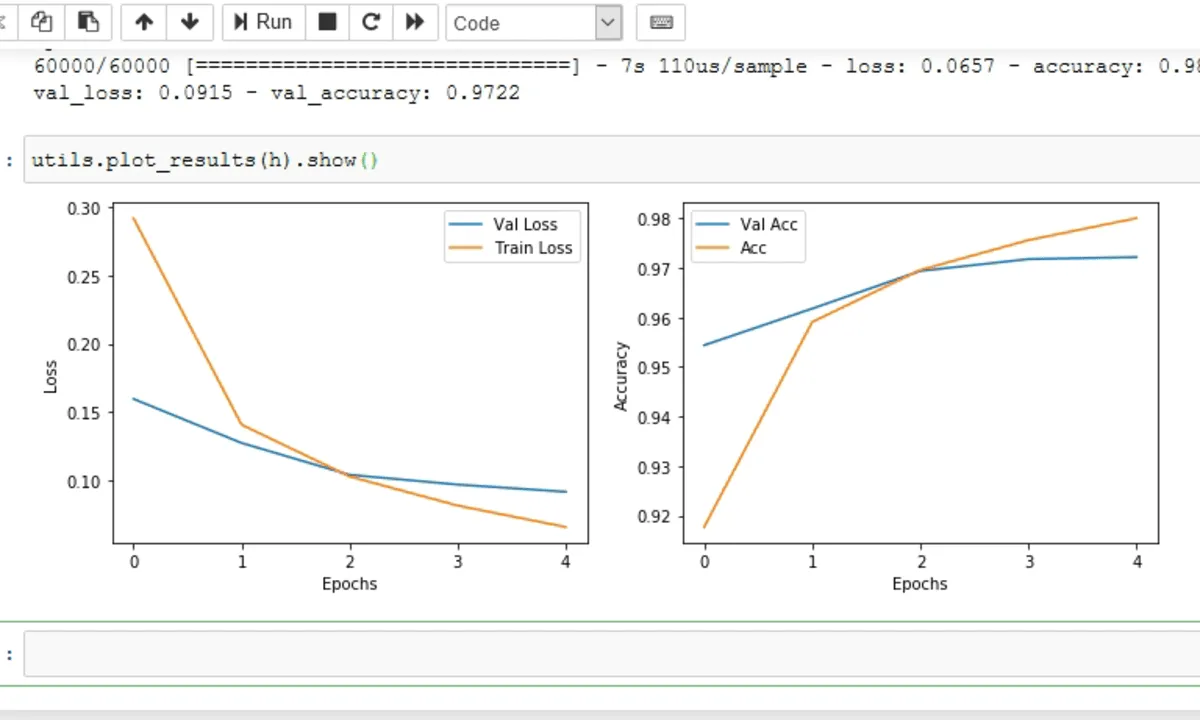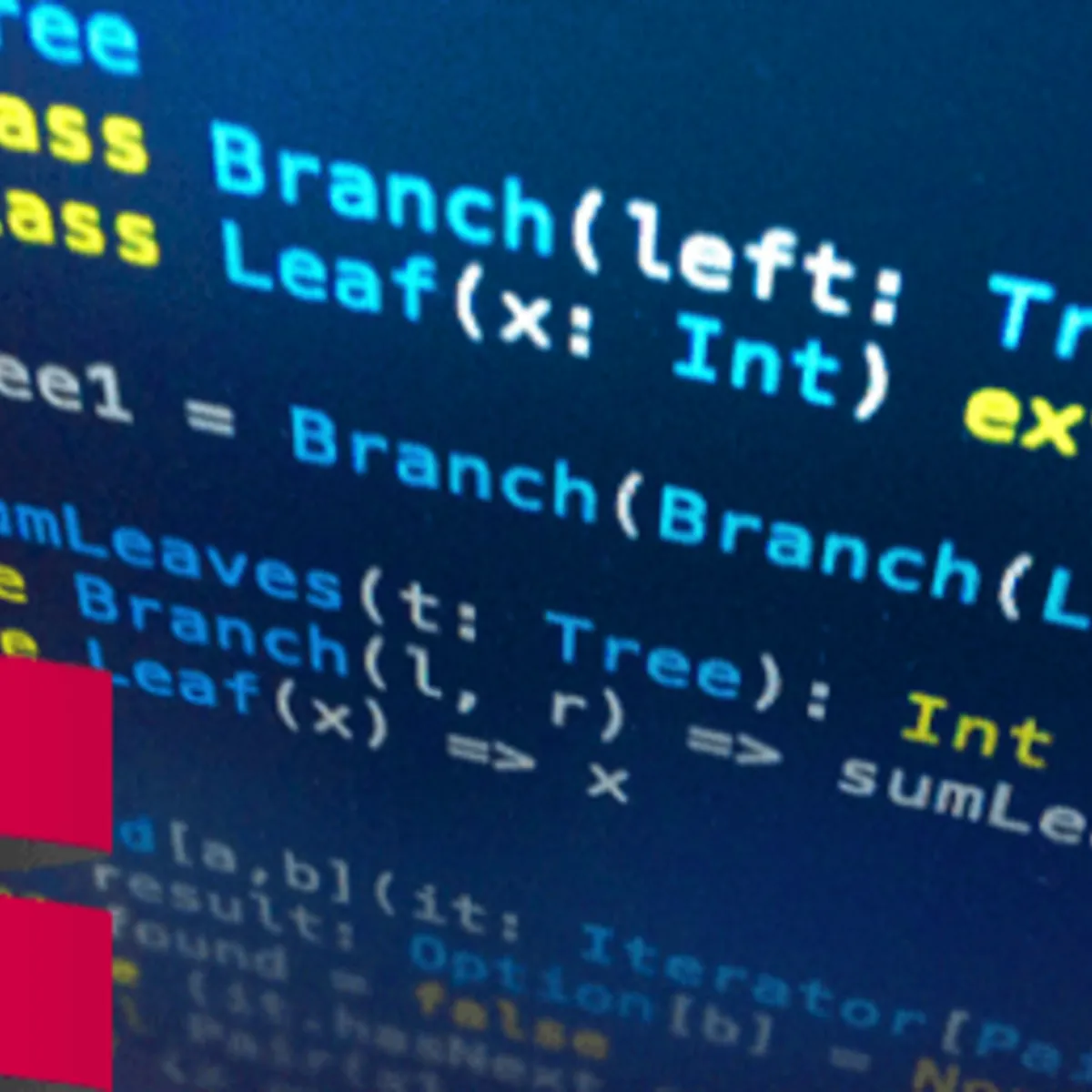
Introduction to pandas Course 
This course introduces students to the powerful and versatile pandas library. It provides an overview of the data structures and methods used to work with labeled data quickly and intuitively. Students will learn how to use pandas to manipulate, analyze, and visualize data. ▼
ADVERTISEMENT
Course Feature
![]() Cost:
Cost:
Free Trial
![]() Provider:
Provider:
Treehouse
![]() Certificate:
Certificate:
No Information
![]() Language:
Language:
English
![]() Start Date:
Start Date:
On-Demand
Course Overview
❗The content presented here is sourced directly from Treehouse platform. For comprehensive course details, including enrollment information, simply click on the 'Go to class' link on our website.
Updated in [March 06th, 2023]
This course introduces students to the fundamentals of the pandas library. Students will learn how to create and explore the data structures of the pandas library, use labels and indices to narrow data, use common DataFrame exploration techniques, and recognize the importance of performing vectorized operations in place. By the end of the course, students will have a better understanding of how to use the pandas library to analyze data.
[Applications]
After completing this Introduction to pandas Course, participants can apply their knowledge to a variety of data analysis tasks. They can use the pandas library to create and explore data structures, use labels and indices to narrow data, use common DataFrame exploration techniques, and recognize the importance of performing vectorized operations in place. Additionally, participants can use their knowledge to create visualizations, perform statistical analysis, and build machine learning models.
[Career Paths]
Recommended Career Paths:
1. Data Analyst: Data Analysts use pandas to analyze and interpret data, identify trends, and develop insights. They are responsible for creating reports and visualizations to help organizations make informed decisions. With the increasing demand for data-driven decision making, the demand for Data Analysts is expected to grow.
2. Data Scientist: Data Scientists use pandas to explore and analyze large datasets, develop predictive models, and create machine learning algorithms. They are responsible for uncovering patterns and insights from data and using them to develop solutions to complex problems. As the demand for data-driven solutions continues to grow, the demand for Data Scientists is expected to increase.
3. Data Engineer: Data Engineers use pandas to design and develop data pipelines and databases. They are responsible for creating and maintaining data systems that are reliable, secure, and scalable. With the increasing demand for data-driven solutions, the demand for Data Engineers is expected to grow.
4. Business Intelligence Developer: Business Intelligence Developers use pandas to develop and maintain business intelligence solutions. They are responsible for creating reports and dashboards that help organizations make informed decisions. As the demand for data-driven solutions continues to grow, the demand for Business Intelligence Developers is expected to increase.
[Education Paths]
1. Bachelor of Science in Data Science: This degree path focuses on the fundamentals of data science, including data analysis, machine learning, and data visualization. It also covers topics such as programming, database management, and statistics. This degree is becoming increasingly popular as businesses and organizations are recognizing the importance of data-driven decision making.
2. Master of Science in Artificial Intelligence: This degree path focuses on the development of artificial intelligence systems and their applications. It covers topics such as machine learning, natural language processing, computer vision, and robotics. This degree is becoming increasingly popular as businesses and organizations are recognizing the importance of AI-driven decision making.
3. Master of Science in Business Analytics: This degree path focuses on the application of data science and analytics to business problems. It covers topics such as data mining, predictive analytics, and optimization. This degree is becoming increasingly popular as businesses and organizations are recognizing the importance of data-driven decision making.
4. Doctor of Philosophy in Data Science: This degree path focuses on the research and development of data science and analytics. It covers topics such as machine learning, natural language processing, computer vision, and robotics. This degree is becoming increasingly popular as businesses and organizations are recognizing the importance of data-driven decision making.
Course Provider

Provider Treehouse's Stats at AZClass
Discussion and Reviews
0.0 (Based on 0 reviews)
Explore Similar Online Courses

Create Custom Layers in Keras

Monitoring Climate from Space

RDBMS PostgreSQL

Intro To PostgreSQL Databases With PgAdmin For Beginners

PostgreSQL: Client Applications

Mastering SQL using Postgresql

Database Design and Basic SQL in PostgreSQL

PostgreSQL: Advanced Queries

Spatial SQL with Postgres : A language for geographers

Learn SQL Using PostgreSQL: From Zero to Hero

PostgreSQL Essential Training

Big Data Analysis with Scala and Spark
 Related Categories
Related Categories
Quiz
 Submitted Sucessfully
Submitted Sucessfully
1. What is the main purpose of the pandas library?
2. What are some of the techniques used to explore DataFrames?
3. What is the importance of performing vectorized operations?
4. The pandas library is designed to make working with ____________ data easy and intuitive.
Correct Answer: relational or labeled


Start your review of Introduction to pandas Course